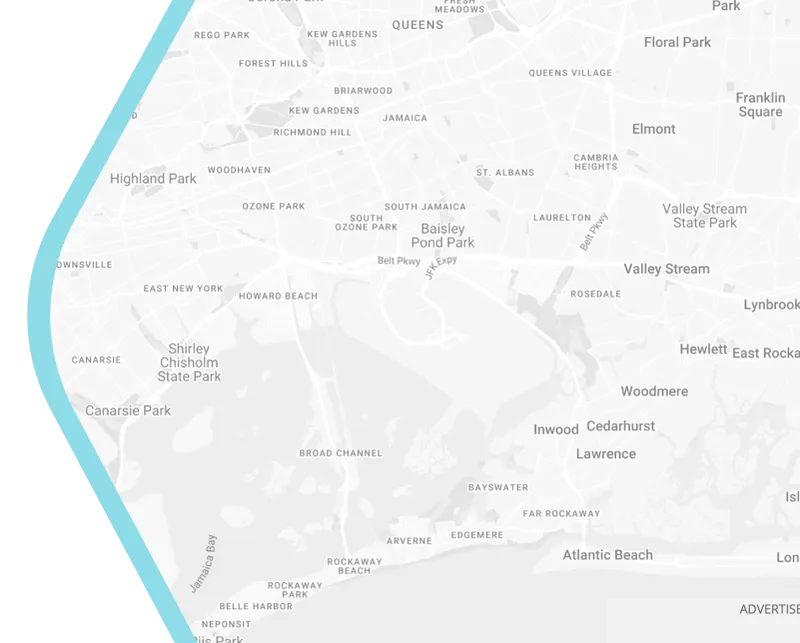
The Future of Urban Living: How Smart Cities Can Balance Sustainability and Social Equity
Urbanization is reshaping the world, with more than half of the global population now living in cities. As cities grow, the need for sustainable and equitable urban development has never been more critical. Smart cities, powered by innovative technologies and forward-thinking policies, offer a blueprint for creating urban spaces that are not only environmentally sustainable but also socially inclusive. In this blog, we explore how smart cities can balance sustainability and social equity, with a focus on Australia and the transformative role of Smart City SS.
Introduction: The Dual Challenge of Sustainability and Equity in Smart Cities
The 21st century has brought unprecedented challenges for urban planners and policymakers. Cities are responsible for over 70% of global carbon emissions, yet they are also home to some of the most vulnerable populations. Achieving sustainability without addressing social equity can lead to gentrification, displacement, and unequal access to resources. Conversely, focusing solely on equity without sustainability risks exacerbating environmental degradation.
This is where Smart City SS comes in. By integrating cutting-edge technologies with inclusive urban design principles, Smart City SS is helping Australian cities create a future that is both sustainable and equitable.
CTA: Discover how Smart City SS can help your city achieve its sustainability and equity goals. Explore our services.
Why Sustainability and Equity Go Hand in Hand
Sustainability and social equity are two sides of the same coin. Sustainable cities reduce environmental impact, but they must also ensure that the benefits of green technologies and infrastructure are accessible to all. For example, renewable energy initiatives must include affordable energy solutions for low-income households, and public transportation systems must be designed to serve marginalized communities.
In Australia, cities like Melbourne and Sydney are leading the way in integrating sustainability and equity into their urban planning frameworks. These cities recognize that a truly smart city is one that leaves no one behind.
Key Technologies Enabling Equitable and Sustainable Smart Cities
IoT and Smart Infrastructure
The Internet of Things (IoT) is revolutionizing urban infrastructure. Smart sensors monitor air quality, traffic flow, and energy usage, enabling cities to optimize resources and reduce waste. In Australia, IoT-powered smart grids are helping cities like Adelaide transition to renewable energy while ensuring reliable access for all residents.
Renewable Energy and Smart Grids
Renewable energy is a cornerstone of sustainable urban development. Smart grids, which use AI and real-time data to manage energy distribution, are making renewable energy more accessible and affordable. For example, the Smart City SS project in Brisbane has implemented a smart grid that integrates solar power and battery storage, reducing energy costs for low-income households.
AI and Data-Driven Decision-Making
Artificial intelligence (AI) is transforming how cities plan and operate. By analyzing vast amounts of data, AI can identify patterns and predict trends, helping policymakers make informed decisions. In Melbourne, AI is being used to optimize public transportation routes, ensuring that underserved communities have access to reliable transit options.
Digital Inclusion Initiatives
The digital divide is a significant barrier to social equity. Smart City SS is addressing this challenge through initiatives like free public Wi-Fi, digital literacy programs, and affordable internet access. These efforts ensure that all residents, regardless of income, can benefit from smart city technologies.
Urban Design Principles for Inclusive and Sustainable Cities
Walkable Neighborhoods and Mixed-Use Developments
Walkable neighborhoods reduce reliance on cars, lowering carbon emissions and promoting healthier lifestyles. Mixed-use developments, which combine residential, commercial, and recreational spaces, create vibrant communities where people can live, work, and play.
Green Spaces and Environmental Accessibility
Green spaces are essential for both environmental sustainability and social equity. Parks, community gardens, and urban forests improve air quality, reduce urban heat islands, and provide recreational opportunities for all residents.
Affordable Housing and Inclusive Public Spaces
Affordable housing is a critical component of equitable urban development. Smart City SS is working with Australian cities to create housing solutions that are both affordable and sustainable, ensuring that everyone has access to safe and comfortable living spaces.
Case Studies: Smart City SS Projects in Australia
Example 1: Melbourne’s Sustainable Neighborhoods Program
Melbourne’s Sustainable Neighborhoods Program is a flagship initiative that combines renewable energy, smart infrastructure, and community engagement. The program has reduced carbon emissions by 30% while improving access to green spaces and affordable housing.
Example 2: Sydney’s Smart Grid Initiative
Sydney’s Smart Grid Initiative, supported by Smart City SS, has transformed the city’s energy landscape. By integrating solar power, battery storage, and AI-driven energy management, the initiative has made renewable energy more accessible and affordable for all residents.
The Role of Policy and Citizen Engagement in Smart Cities
Government Policies Driving Equitable Smart Cities
Government policies play a crucial role in shaping smart cities. In Australia, initiatives like the Smart Cities Plan and the National Cities Performance Framework are driving investment in sustainable and equitable urban development.
How Citizen Engagement Shapes Inclusive Urban Development
Citizen engagement is key to creating cities that reflect the needs and aspirations of their residents. Smart City SS is pioneering innovative approaches to community involvement, from digital platforms for public feedback to co-design workshops that empower residents to shape their neighborhoods.
Conclusion: Building a Sustainable and Equitable Future with Smart Cities
The future of urban living lies in smart cities that balance sustainability and social equity. By leveraging innovative technologies, inclusive urban design principles, and community-driven policies, cities can create a future that is both environmentally sustainable and socially just.
CTA: Ready to transform your city? Contact us to collaborate on your next smart city project.
